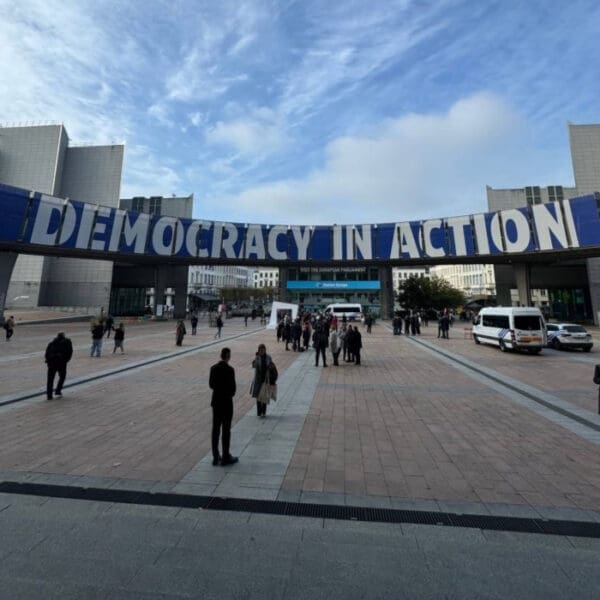 An analysis conducted by the San Diego State University School of Hospitality & Tourism Management on behalf of the American Hotel & Lodging Association (AHLA) found that in-person business travel and meetings have undeniable advantages over virtual options, and that businesses and organizations that resume business travel and meetings more quickly are likely to have a competitive edge over those that do not.
An analysis conducted by the San Diego State University School of Hospitality & Tourism Management on behalf of the American Hotel & Lodging Association (AHLA) found that in-person business travel and meetings have undeniable advantages over virtual options, and that businesses and organizations that resume business travel and meetings more quickly are likely to have a competitive edge over those that do not.
In the analysis, Founder and Director of San Diego State University’s L. Robert Payne School of Hospitality & Tourism Management Carl Winston and Florida International University Chaplin School of Hospitality and Tourism Management Associate Professor Dr. Lisa Cain also write that business travel and in-person meetings facilitate productivity, build organizational strength and foster collaboration in a way virtual interactions cannot.
Other key findings from the analysis include:
- COVID-19 has created a greater need for face-to-face connection that virtual-only meetings simply cannot satisfy.
- Increased reliance on virtual meetings negatively impacts workplace culture and team building, while also hurting productivity.
- Among millennials, the largest population in the workforce, 80% say they prefer in-person communication with their colleagues—suggesting a potential advantage in employee recruitment, retention and client relations for companies that foster face-to-face connections with coworkers and clients.
The analysis comes as sentiment around business travel is shifting. A recent survey conducted by Morning Consult on behalf of AHLA found that nearly two-thirds of workers and 77% of business travelers agree that with screen time on the rise thanks to virtual and hybrid work arrangements, bringing back in-person experiences such as business trips and conferences is more important than ever.
“Whether organizations are looking to boost productivity, organizational strength or collaboration, they’ll be better able to achieve these goals with business travel and in-person meetings. And as America transitions from pandemic-era virtual settings to more of a ‘new normal,’ businesses and organizations that resume business travel and meetings more quickly can gain a competitive edge over those that do not,” said Carl Winston, founder and director of the L. Robert Payne School of Hospitality & Tourism Management at San Diego State University.
“There is a time and place for using virtual meeting platforms, but business travel and the face-to-face meetings it facilitates generate more positive outcomes for individuals, organizations, clients and customers in a way that may just be irreplaceable,” said Dr. Lisa Cain, associate professor at Florida International University’s Chaplin School of Hospitality and Tourism Management.
“There is no substitute for the real thing, and after the last two years of virtual work arrangements and travel restrictions, it’s time for businesses, employees and customers alike to take advantage of the unmatched value business travel and face-to-face meetings provide,” said AHLA President and CEO Chip Rogers.
With corporate travel policies still in flux, business and group travel, the hotel industry’s largest source of revenue, will take significantly longer to recover than leisure travel. According to AHLA’s State of the Industry report, business travel overall is expected to increase in 2022 compared to last year, and, according to an analysis by Kalibri Labs, by quarter three it is projected to reach 80% of 2019 figures. While a full recovery isn’t expected until 2024, global business travel is projected to increase by 14% in 2022.
Read the analysis here.


















